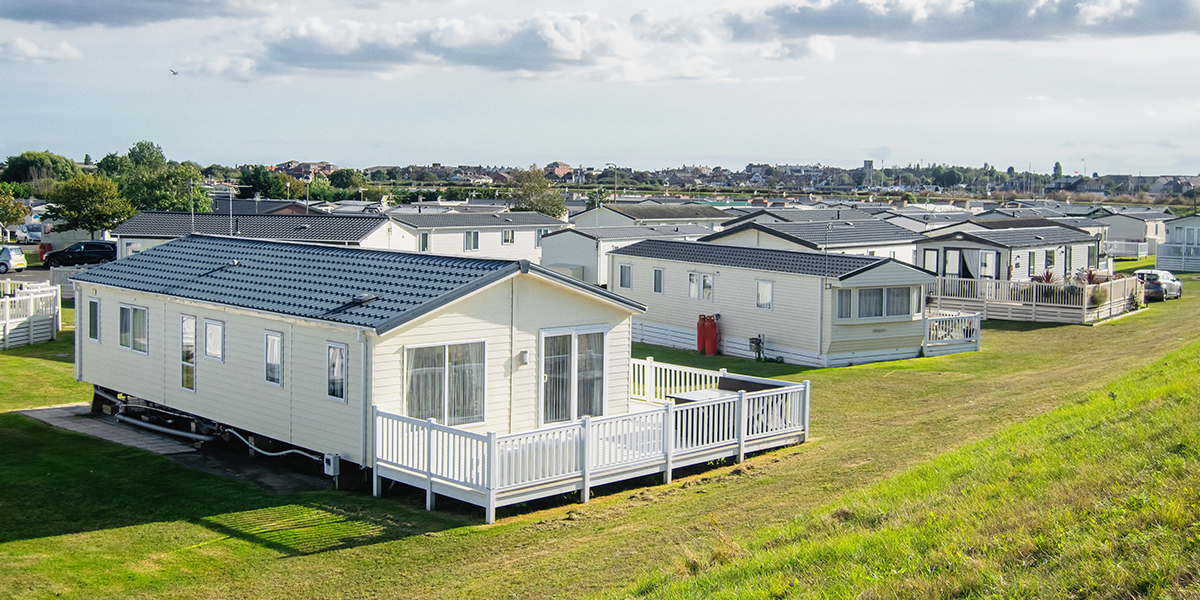Water conservation is something we harp on during the summer, but what about the remainder of the year? When outdoor water requirements dwindle in the fall, it’s easy to put conservation on the back burner while water waste continues to occur inside your building. With that in mind, here are 5 fall water conservation tips that will save money, and reduce the chance of leaks this winter.
1. Adjust your sprinkler timer
When temperatures go down, water requirements for your landscape follow suit. While the amount of water required will vary depending on the climate in which your property is located, the general rule of thumb is to make sure your lawn receives 1″ of water per week during dry conditions. Best practices also suggest watering during the early morning and evening hours to reduce evaporation.
2. Check for leaks and building damage
The quickest way to reduce water waste in your building is to locate and repair existing leaks. Be sure to inspect all interior fixtures, as well as basements and crawlspaces if applicable.
As a precaution, you may also want to inspect your building’s exterior for damage. If temperatures reach below freezing in your area, even the tiniest opening can let in enough cold air to cause a pipe to freeze.
3. Insulate water pipes in unheated areas
When temperatures drop below 32 degrees, exposed water pipes can quickly become a property manager’s worst nightmare. To reduce the likelihood of freezing, wrap water pipes in unheated areas with insulation tubes.
In addition to preventing frozen pipes, insulation tubes reduce heat loss and energy use, and can raise water temperature 2°F–4°F warmer than uninsulated pipes. As an added perk, you also won’t have to wait as long for hot water when you turn on a faucet or shower head which helps conserve water.
For an extra layer of protection, apply heat-tape prior to wrapping pipes with insulation.
4. Know the location of your property shut-off valve
In the event your property experiences a catastrophic water leak, knowing the location of your shut-off valve could save you money on water and damage repairs. The faster you can turn off the water, the less goes to waste.
5. Install a smart water flow monitoring system
For added peace of mind during the cold season, smart water flow monitoring systems like WaterSignal allow property managers to keep tabs on property water usage anytime, anywhere.
Much like how a doctor uses a stethoscope to measure a pulse, WaterSignal measures water flow in real time by non-invasively evaluating the pulse of an existing water meter. This data is then wirelessly fed into a secure dashboard, allowing property managers to remotely view water consumption by year, month, day, or hour.
When excessive water usage is detected, WaterSignal immediately notifies the property manager that water spike above the preset limit has occurred. The alert can be sent to both a computer and a smartphone for the manager to act upon, and can be customized for business hours, as well as after hours and weekends.




